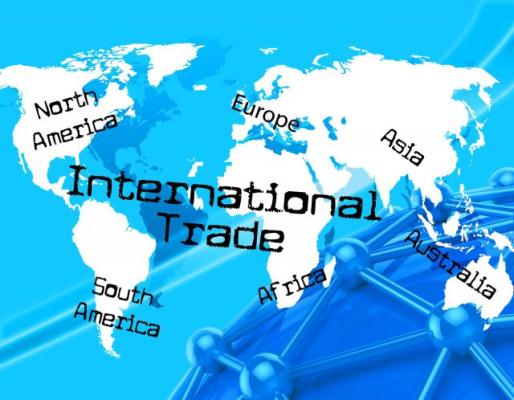World Trade Organization (WTO) members introduced fewer trade-restrictive measures from mid-October 2016 to mid-October 2017 compared to the previous year, according to the organization’s annual overview report on trade-related developments released recently.
WTO members continued to implement more trade-facilitating than trade-restrictive measures, a trend observed over the past four years. The estimated trade coverage of the import-facilitating measures recorded in the review period was more than double the import-restricting measures. In addition, the import-facilitating measures implemented during the review period in the context of the expanded Information Technology Agreement (ITA) amounted to around US$385 billion.
The report said 108 new trade-restrictive measures were put in place, including new or increased tariffs, customs regulations, quantitative restrictions, and local content measures. This equates to an average of nine measures per month compared to 15 in the previous period (mid-October 2015 to mid-October 2016).
WTO members also implemented 128 measures aimed at facilitating trade, including eliminated or reduced tariffs and simplified customs procedures. At almost 11 trade-facilitating measures per month, this remains significantly lower than the monthly average of 18 recorded in the previous annual overview report. Notably, the estimated trade coverage of import-facilitating measures ($169 billion) is more than twice that of import-restrictive measures ($79 billion).
There was also a slight deceleration both in initiations of trade remedy investigations and in terminations of trade remedy measures compared to the previous annual overview and to the whole of 2016. The trade coverage of trade remedy initiations and terminations recorded in the report is estimated at $76 billion and $12 billion, respectively.
“The economic context for this year’s report is interesting, to say the least. International trade flows have rebounded strongly during the last 12 months after a sharp slowdown in 2016. In September we upgraded our forecast for trade growth in 2017. This was due to a sharp acceleration in global trade growth in the first half of the year. The original forecast was 2.4 per cent, and we are now forecasting growth of 3.6 per cent. This improved outlook is very welcome, but substantial risks that threaten the world economy remain in place and could easily undermine any trade recovery,” WTO director-general Roberto Azevêdo said.
Looking ahead, he said members need to keep up the hard work to help facilitate trade, including avoiding measures which can hamper and restrict trade flows.
“Transparency and predictability in trade policy remains vital for all actors in the global economy. Collectively, WTO members must show leadership in reiterating their commitment to open and mutually beneficial trade as a key driver of economic growth and a major engine for prosperity,” the report said.









